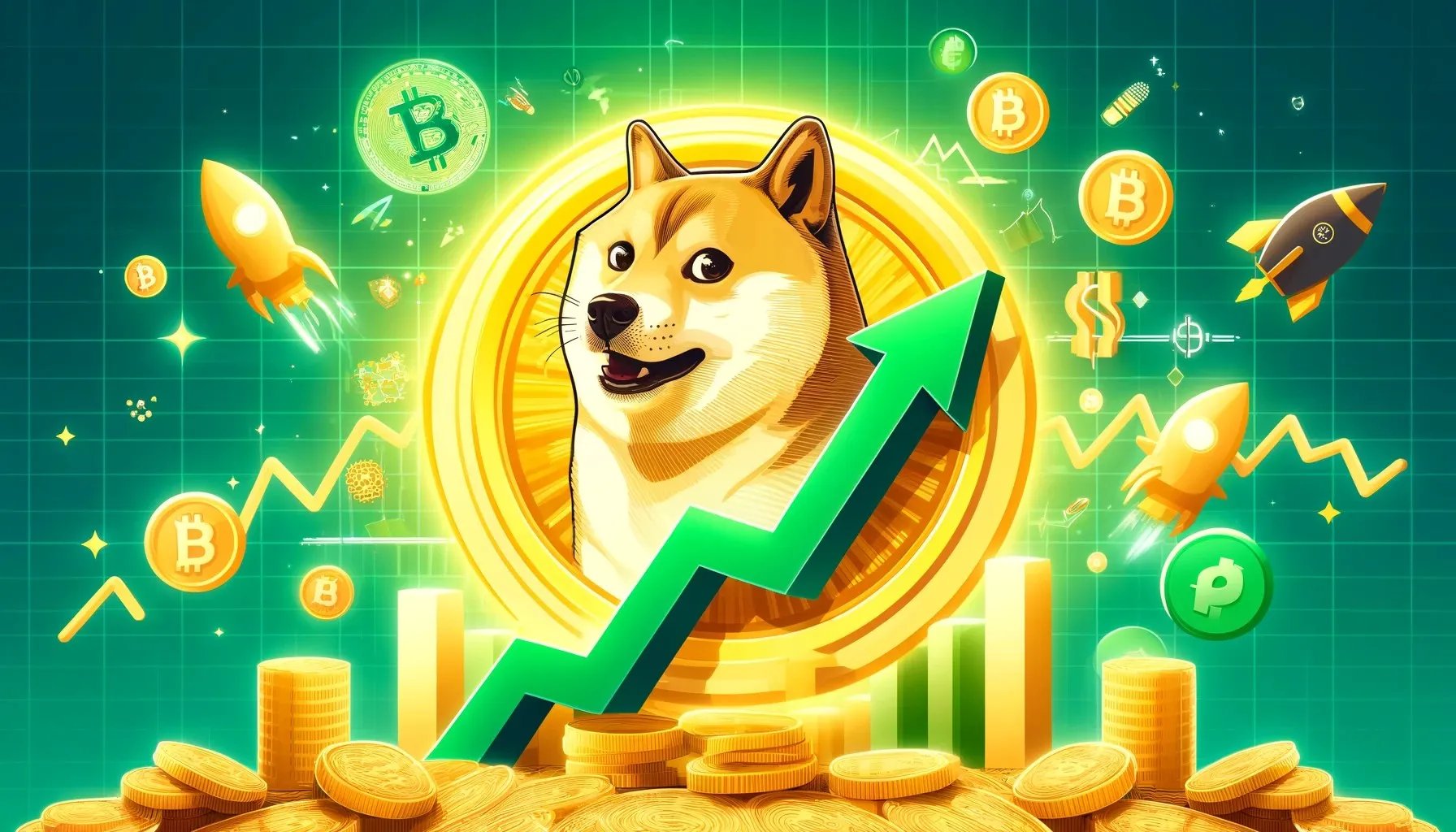Dogecoin started as a joke, inspired by the popular “Doge” meme featuring a Shiba Inu dog. Created in 2013 by Billy Markus and Jackson Palmer, it was never intended to be taken seriously. Despite its humble beginnings, Dogecoin’s unique and fun nature allowed it to grow beyond a mere internet joke, becoming one of the most recognized and widely used cryptocurrencies. Over the years, it has transitioned from meme to mainstream, catching the attention of both casual users and high-profile investors alike.
The Birth of Dogecoin
Dogecoin was launched in December 2013 by Billy Markus, a software engineer, and Jackson Palmer, a marketer at Adobe. The cryptocurrency was designed as a parody of Bitcoin, with a fun and approachable branding centered around the Doge meme. Unlike Bitcoin’s serious intentions of becoming a digital gold alternative, Dogecoin aimed to appeal to the masses through its humor and lighthearted nature. The doge meme, featuring a Shiba Inu with Comic Sans captions, provided the perfect mascot.
The original goal was to create a cryptocurrency that would be easy to use, fast, and fun. With a large supply and minimal transaction fees, Dogecoin quickly gained attention for its accessibility. Despite being born out of a joke, its distinct identity allowed it to carve a niche within the crowded world of cryptocurrencies.
Also Read: Binance Coin (BNB): Fueling the World’s Largest Crypto Exchange
Early Days and Community Growth
In its early days, Dogecoin found its primary purpose as a tipping currency on platforms like Reddit and Twitter. Users could send small amounts of Dogecoin as rewards for content or engagement, helping build a positive and supportive community around it. The Dogecoin community was distinct in its friendliness and humor, quickly becoming a haven for casual users who wanted a more approachable alternative to Bitcoin.
The early success of Dogecoin was not only due to its community’s growth but also its charitable endeavors. One of the most notable early actions was sponsoring NASCAR driver Josh Wise, who drove a car adorned with the Dogecoin logo. The cryptocurrency’s involvement in charitable causes, such as raising funds for clean water initiatives and supporting the Jamaican bobsled team at the Sochi Olympics, contributed to its growing reputation as a feel-good digital currency.
Dogecoin’s Rise to Prominence
In the years following its creation, Dogecoin began gaining significant attention from social media platforms, where memes and viral content helped spread its popularity. Communities on Reddit, particularly the r/Dogecoin subreddit, were pivotal in fostering a culture of meme-driven enthusiasm. As people started taking notice, celebrities and influencers began jumping on the Dogecoin bandwagon, further solidifying its presence in pop culture.
Elon Musk, the CEO of Tesla and SpaceX, was one of the most prominent figures to publicly endorse Dogecoin, sharing memes and tweets that sent the coin’s price skyrocketing. The sudden surge in interest was driven by memes and social media challenges, where people began sharing their investments and profits. As Dogecoin’s value rose, its role as a fun and accessible alternative to more serious cryptocurrencies grew, attracting even more attention from mainstream users.
Dogecoin’s Market Behavior and Volatility
One of the most defining features of Dogecoin’s rise has been its extreme volatility. Unlike established cryptocurrencies like Bitcoin and Ethereum, which often experience slower, more predictable growth, Dogecoin has seen rapid price fluctuations. Its price has been driven largely by online communities, viral content, and influential figures like Musk, resulting in rapid surges and steep declines.
While some have viewed Dogecoin’s erratic behavior as a sign of a lack of seriousness, others argue that its volatility is a characteristic of its playful nature. This unpredictability has made Dogecoin a speculative asset, where people buy in hopes of making quick profits. However, its volatility has also led to concerns about its sustainability in the long term. Despite these fluctuations, Dogecoin remains one of the most popular and widely recognized cryptocurrencies.
Dogecoin in the Mainstream
Over time, Dogecoin moved from being a meme currency to a recognized asset in the broader cryptocurrency market. It began to gain legitimacy as businesses and platforms started accepting it as a form of payment. Companies like Tesla, eBay, and even various online charities began integrating Dogecoin as an option for transactions. This helped shift the perception of Dogecoin from a joke to a legitimate currency that could be used for real-world transactions.
Institutional investors also began taking notice, with some seeing Dogecoin as an entry point into the world of cryptocurrencies for everyday users. As a result, more mainstream financial services started offering Dogecoin investments, allowing a broader audience to participate in the digital asset market. This shift marked a key moment in Dogecoin’s journey, as it transitioned from a niche digital coin to a major player in the cryptocurrency ecosystem.
The Future of Dogecoin
Looking ahead, the future of Dogecoin remains uncertain but promising. While some critics argue that Dogecoin’s lack of development and technical roadmap could limit its growth potential, others believe that its community-driven nature could continue to push it forward. There is also the possibility of future upgrades, driven by the Dogecoin community, which could help enhance its capabilities and use cases.
Dogecoin’s appeal as a meme coin may continue to drive its popularity in the short term, but its long-term success will depend on how it evolves and adapts to the changing cryptocurrency landscape. Whether it can continue to maintain its status as a mainstream digital asset or whether it will fade into obscurity remains to be seen, but for now, Dogecoin continues to captivate the world with its unique charm.
Conclusion
Dogecoin’s journey from meme to mainstream has been one of the most fascinating stories in the cryptocurrency world. What started as a lighthearted joke has turned into a widely recognized digital asset with real-world applications. While its future remains uncertain, the success of Dogecoin highlights the power of community, viral trends, and social media in shaping the evolution of financial technologies.

Review & Discussion